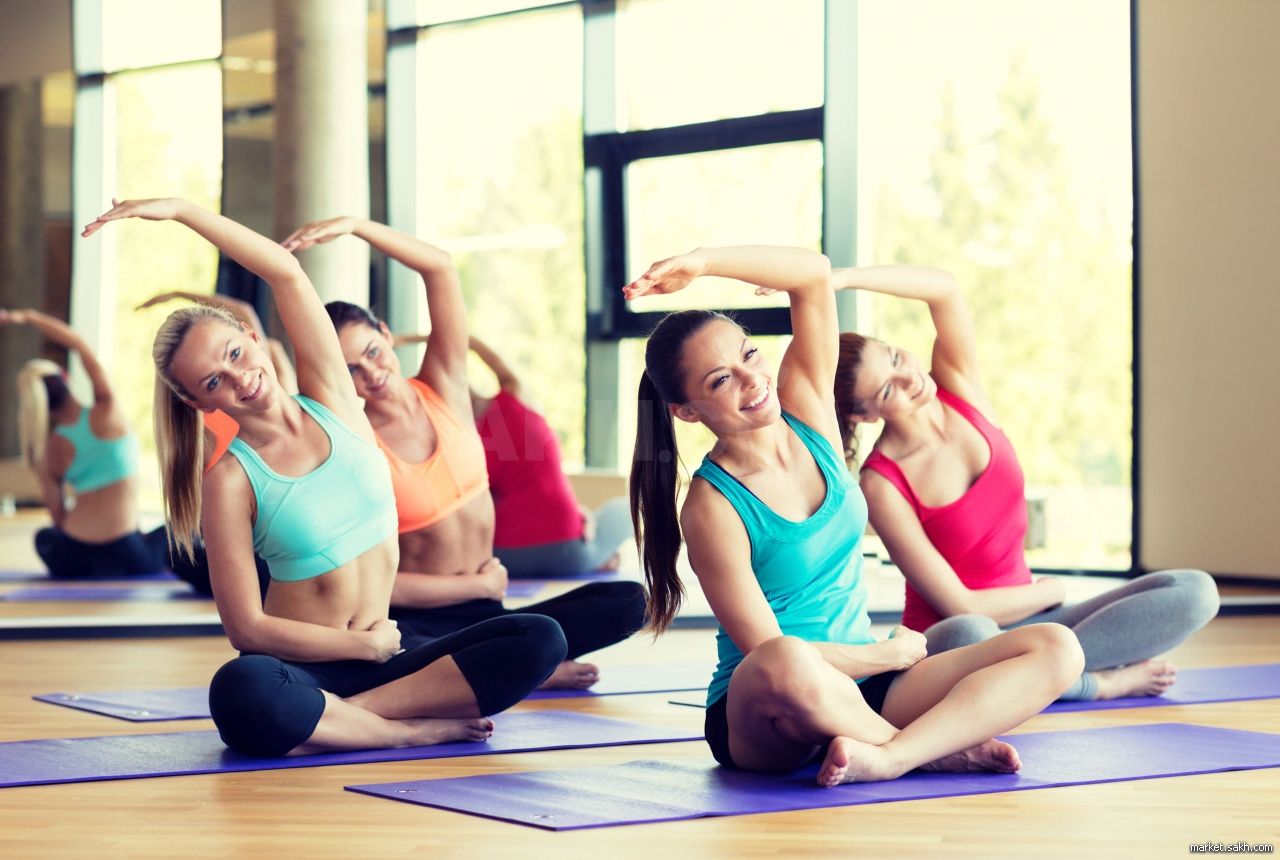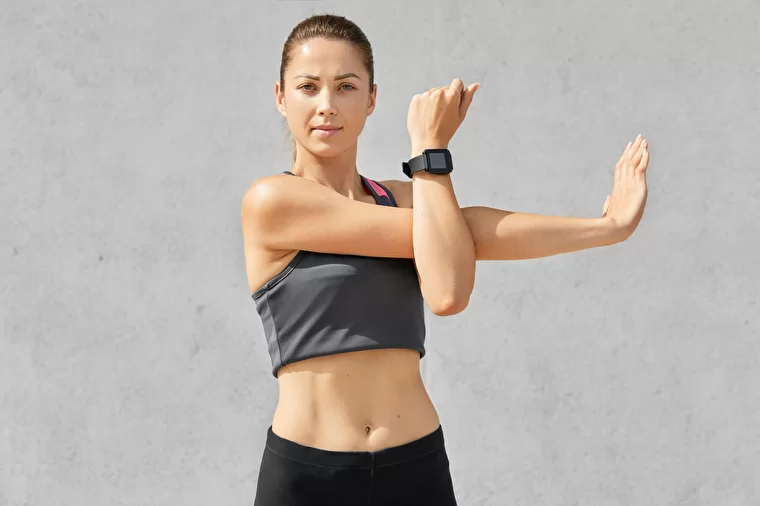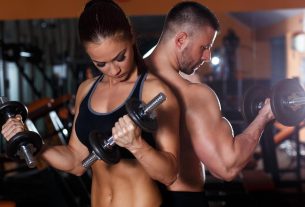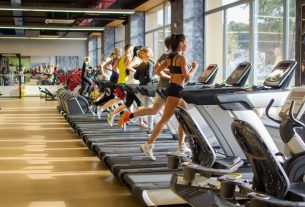Why do you need a warm-up
The usual story – there is little time, there is no time to warm up before training. To have time to complete the main part, but you can stretch yourself in the process of training, – so many people think. And this is a very dangerous delusion!
It doesn’t matter how much time you have for home workout, the first five to ten minutes should be set aside for a warm-up. This is necessary in order to overcome the imbalance between the systems of the body, and to prevent the likelihood of injury.
The fact is that the muscles quickly react to the load, increasing in volume, but the ligamentous-articular apparatus needs more time to “swing”. And only warm-up exercises evenly warm up the body, preparing muscle tissue, ligaments, and joints for the upcoming load.
It doesn’t matter how much time you have for home workout, the first five to ten minutes should be set aside for a warm-up. This is necessary in order to overcome the imbalance between the systems of the body, and to prevent the likelihood of injury.
The fact is that the muscles quickly react to the load, increasing in volume, but the ligamentous-articular apparatus needs more time to “swing”. And only warm-up exercises evenly warm up the body, preparing muscle tissue, ligaments, and joints for the upcoming load.
The benefits of warming up before training in detail
- Tones up the cardiovascular system.
Muscles are quickly filled with oxygenated blood, which has a beneficial effect on muscle endurance. - Warms up muscles, tendons and ligaments.
The warmed-up muscles and ligamentous-articular apparatus become more elastic, can be stretched to a great length without damage, and the risk of sprains and injuries is reduced. - Promotes the production of intra-articular fluid.
Synovial fluid lubricates the cartilaginous surfaces of movable joints, prevents friction and wear. Thanks to this, the joints become more mobile, and in the long term, the risk of developing such formidable diseases as arthritis and arthrosis decreases. - Smoothly “accelerates” our heart, increasing the heart rate – heart rate, up to 100 beats / min.
Normally, the heart rate of a healthy person is 60-80 beats / min., Under load it sharply “jumps” up to 140-160. It’s like going from first gear to fourth on a car – such a jump will negatively affect both the engine and the gearbox. Due to a sharp increase in heart rate, cardiac hypertrophy and accompanying functional cardiac disorders can develop. A smooth increase in heart rate prevents the development of such risks. - Warming up creates an adequate mood for the upcoming workout.
Motivation increases, home workout becomes more rewarding.

Basic warm-up elements
There is no universal warm-up for all types of fitness. A set of warm-up exercises is selected depending on the nature of the training and the level of preparedness of the trainees. But there are general patterns – first, a general warm-up is performed, then a special one.
- The general warm-up includes exercises that warm up the body, functionally prepare it for the upcoming load. These include walking in place, jogging, joint gymnastics.
- After preheating, stretching. It’s important to understand the difference between warm-up and stretching (many people think they are the same thing). The warm-up warms up the muscles, and the warm-up stretching exercises stretch the fascial and muscle tissues and are performed only after the general warming up of the body. The warm-up should only include dynamic stretching exercises. Static are contraindicated – they can reduce muscle performance, and sometimes cause injury.
- A special part – exercises similar to the movements in the upcoming workout are included. For example, if you have to work on the muscles of the shoulder girdle, then the warm-up includes the appropriate warm-up exercises – rotation of the shoulders and forearms, stretching the triceps, swinging the arms, etc.



